SimplyHome President Jason Ray provided a technology provider perspective, while Greg Wellems and Nathan Gerhard (of Keystone) provided insight from the service provider. Jo-Ann Garrity, Advocate, gave her perspective as well, as the individual receiving technology supports as part of residential services.
When you meet Brian for the first time – and he has probably never met a stranger he couldn’t befriend – the first thing that strikes you is how much joy is radiating off a single human being. Clad in a bright American flag t-shirt, blue jeans, sneakers, and giving a very enthusiastic salute combined with a thumb’s up, Brian’s grin and laughter seem to leap off his face and onto the faces of everyone around him.
Meet David and Tony. They’ve been friends for a long time. Most recently, they had staff supports with them 24/7, but before that, they were able to live more independently with family members. The technology has enabled them to return to greater independence.
Of all the milestones in a young adult’s life, moving out may be the most exciting one. Whether moving out means living with a roommate or by themselves, most young adults are anxious to have a place of their own. Parents of young adults with I/DD often have big questions about this milestone: Will their adult children be safe? Will they take their medications? Will they need a roommate? Will they be able to handle independence? This is where enabling technology (ET) comes in to address these understandable concerns.
Recently we got to take a field trip to see David Maennle and his mother Becky give a talk to a room full of educators at Western Carolina (Biltmore Park Campus). They talked about David's plan for his life and the SimplyHome technology that has enabled David to become more independent. They also shared big news: they have a plan to build the log cabin David envisions!
Independence and growth are very important to Dakota. That’s why, after a recent reassessment of Dakota’s goals and concerns, the SimplyHome team is onsite to install new technology at his mountainside home in Western North Carolina. Dakota first started using SimplyHome technology in his home back in 2015.
This week the SimplyHome staff got to visit with two individuals we first met back in 2015! Laura and Vicki, who are best friends and roommates, were part of the transition home program at the Charles Lea Center in South Carolina. With the support of enabling technology and staff supports, they now live in an apartment of their own.
When Colleen moved into a place of her own for the very first time, she was more prepared than many young adults who reach this milestone. From carefully saving her receipts and recording what she spends in her personal ledger to mastering the use of public transportation, Colleen has been working on multiple skill sets to prepare her for this day.
With the support of enabling technology, Brad has reached his goal of living on his own, while his parents were able to address their concerns about safety. The video features Brad’s story as well as Tennessee DIDD’s Enabling Technology pilot program.
Tennessee resident Gerald seems pretty delighted with his new living situation. He cheerfully describes it in a new video from Tennessee Department of Intellectual and Developmental Disabilities.
For many seniors, uprooting from home and transplanting to a new setting is their worst nightmare. For this 94-year-old nature lover and master gardener, it simply was never an option.
One month in, Carl is loving life on his own. His transition to his own home has worked out so well that Core Services now has a long list of people they support who could benefit from enabling technology. SimplyHome is honored to partner with Core Services and we look forward to partnering in more amazing outcomes for the people they support.
The Tennessee Department of Intellectual and Developmental Disabilities (TN DIDD) recently released a video that is a moving portrait of how enabling technology helped Carl (who receives services via one of our partners, Core Services of Northeast Tennessee) finally achieve his dream of living on his own.
David Maennle, whom we have previously featured on the SimplyHome blog, continues to distinguish himself as an outstanding young man working towards his goals. David has Down syndrome and uses SimplyHome technology to live in his own apartment in the community.
Every once in a while, we come across a story and we just can’t stop smiling. Steve’s story is one of those. SimplyHome is honored to be a part of Steve’s quest for more independence in his community.
Steve accepts services from Wildwood Programs in NY. One day, as part of an in-depth self-assessment administered by Wildwood, Steve spoke up and told his care team that he wanted to live on his own.
The Juneau Empire recently published the story of Gina and Sandy, a mother and daughter who have begun to use SimplyHome technology at their remote Alaskan homestead.
In the state of Alaska, feeling connected can be a challenge, with neighbors sometimes miles away and reliable internet access often only available via satellite. Alaska is the least densely populated of all U.S. states and the state capital, Juneau, boasts a population of only 32,000.
But one service provider, REACH, has long been on a mission to connect the people they serve – many of whom have intellectual or developmental disabilities – with the services they need and the communities they live in.
SimplyHome attends many conferences, but the most recent one was special: the room was so full that many people had to stand. The audience seemed spellbound, and more than a few had tears in their eyes.
Accustomed to fighting for freedom, Charles was determined not to let his disability take his own independence. He longed to be more active. His new tablet gives him more freedom to move around the community and to connect with friends and family through his touchscreen tablet.
Tech leader Therap features both SimplyHome and the Charles Lea Center in their newest video, which highlights the role of assistive technology in providing state-of-the-art, affordable, and person-centered care. The Charles Lea Center in Spartanburg, SC has worked with SimplyHome to pioneer the implementation of technology in their organization, one of the first in South Carolina.
Smart-home technology: It's not just for adults! Smart technology can be extremely beneficial to children, providing them with natural supports. Developing independent living skills from a young age prepares children for the transition to adulthood and community-based living.
Efrain uses SimplyHome technologies to increase independence with respect to his health. He uses Telehealth devices that record his blood sugar and blood pressure levels. He also uses a medication dispenser, which allows him to start his day and take medication without assistance from staff. “I like just getting up and being able to get going,” said Efrain. “It’s my own routine, I don’t have to wait for staff.”
Unsupervised time increases independence and fosters a sense of personal responsibility and self-reliance, but many residents are afraid to use it because they fear they will need staff and be unable to contact them. With this project, Melvin now wears a wrist pendant which is set to alert staff if he presses the button and needs support during his unsupervised time.
David Maennle is an accomplished young man who directly benefits from assistive technology in North Carolina. David’s chosen lifestyle -- living independently in the community with the help of technology -- saves the State of North Carolina almost $80,000 per year. David was born with an intellectual disability, but as his mother Becky says, “He is able to do everything that he puts his mind to. He just does it a bit differently.”
Let's get started.
Our technology solutions give individuals the freedom they are capable of and the support they need. Connect with our team to find the solution that's right for you.



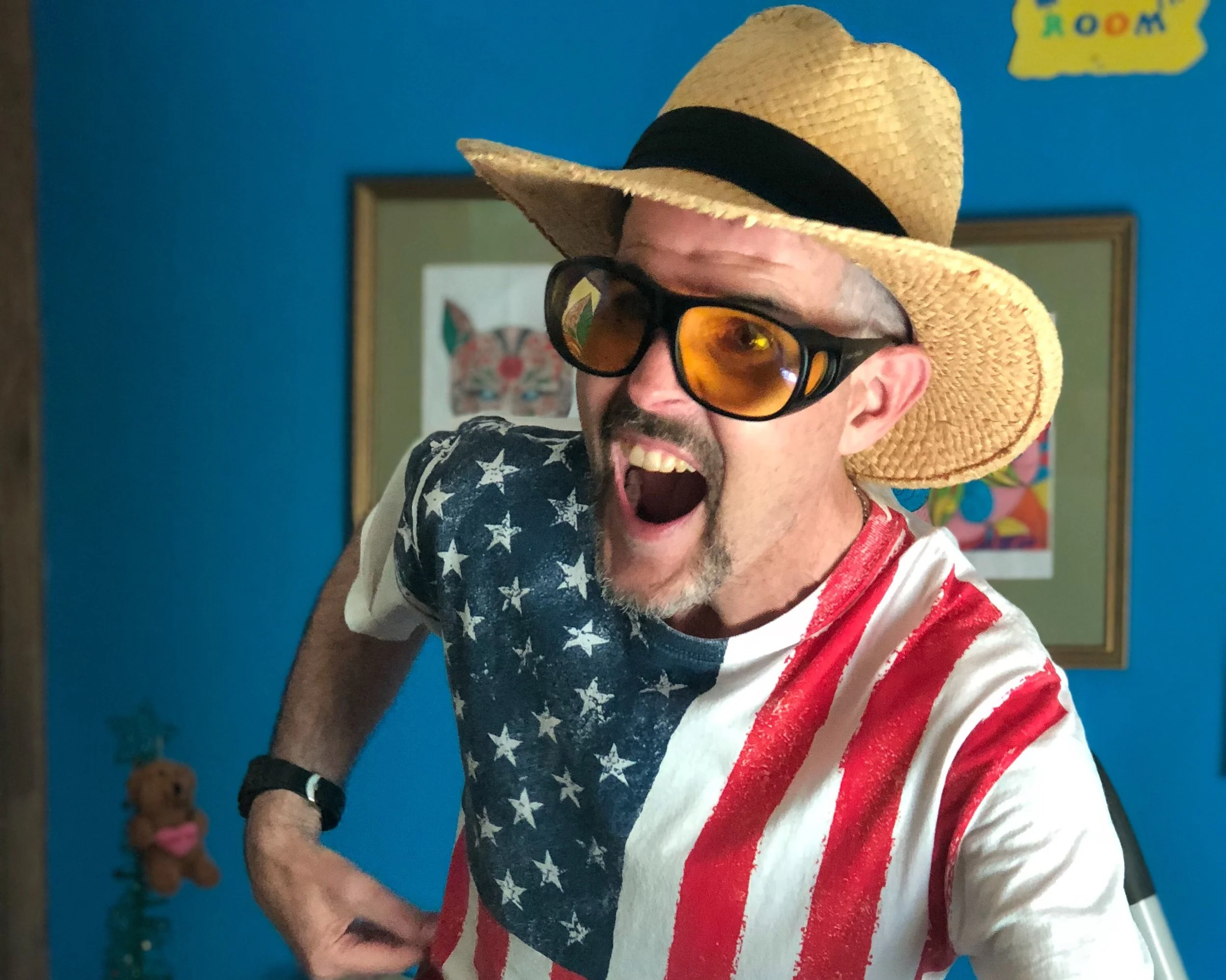




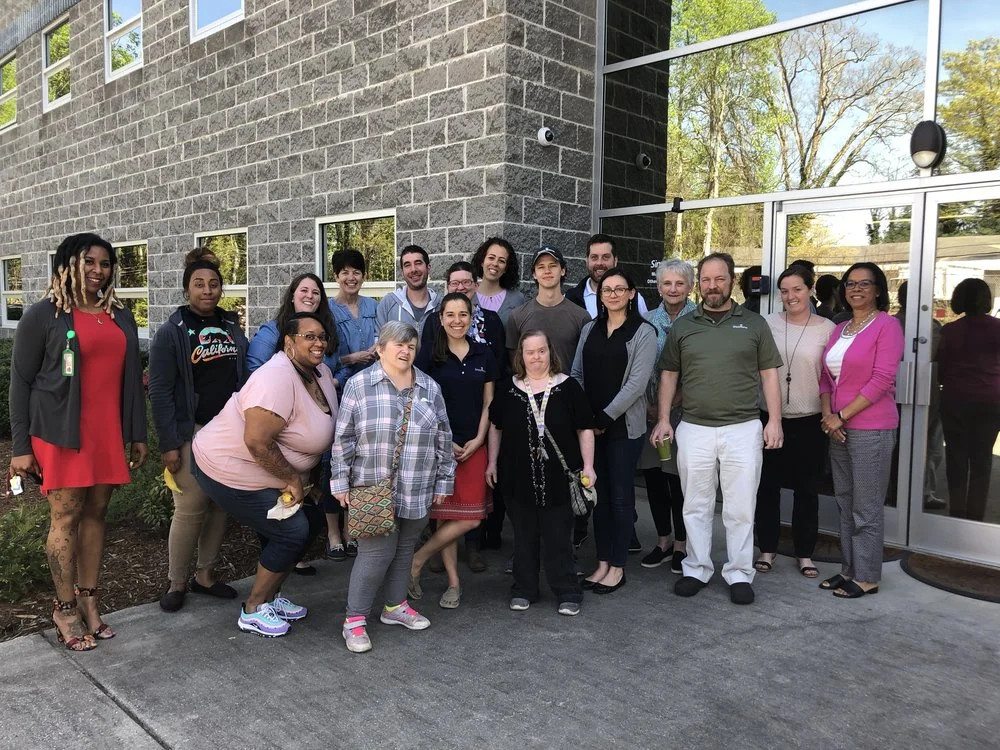



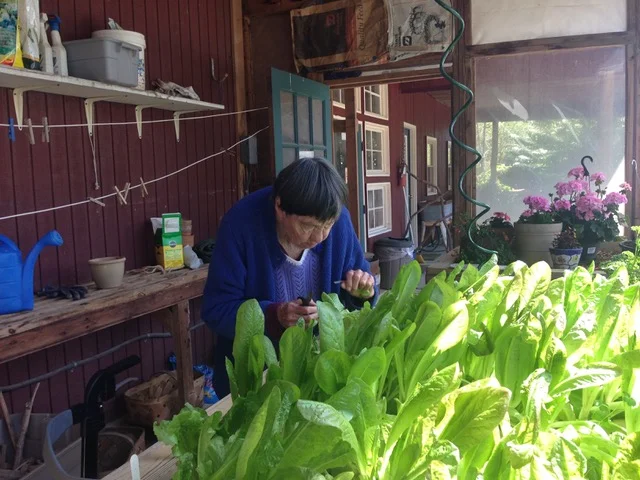









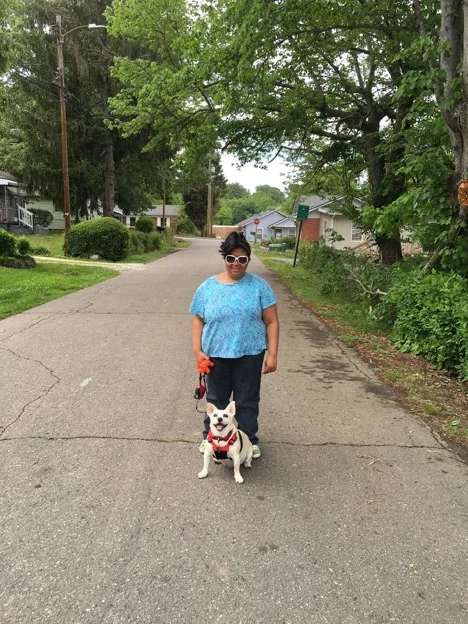

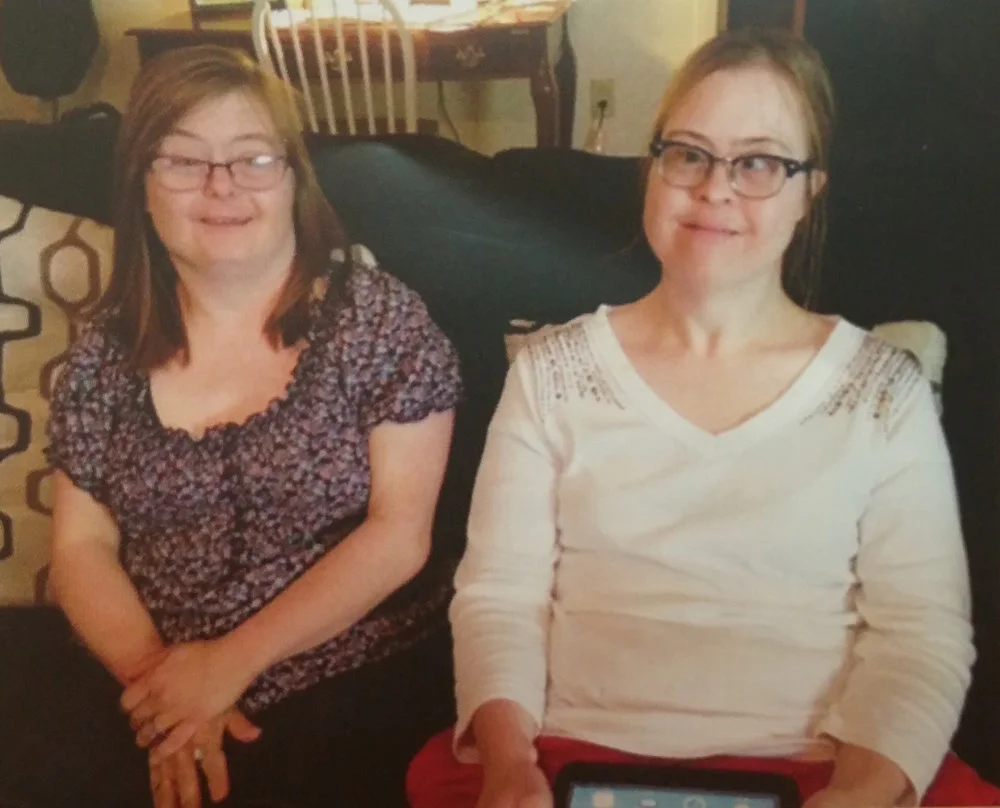

When it comes to describing Marcus Tyler, a few adjectives just aren’t enough for his colleagues. It’s rare for anyone working two full-time jobs to be characterized as “tireless,” but Marcus’s supervisors write that he demonstrates “tireless advocacy…his loyalty and commitment to ensuring the people he serves get the highest quality of support never waiver.” Marcus has been working as a Direct Support Professional for over 20 years.